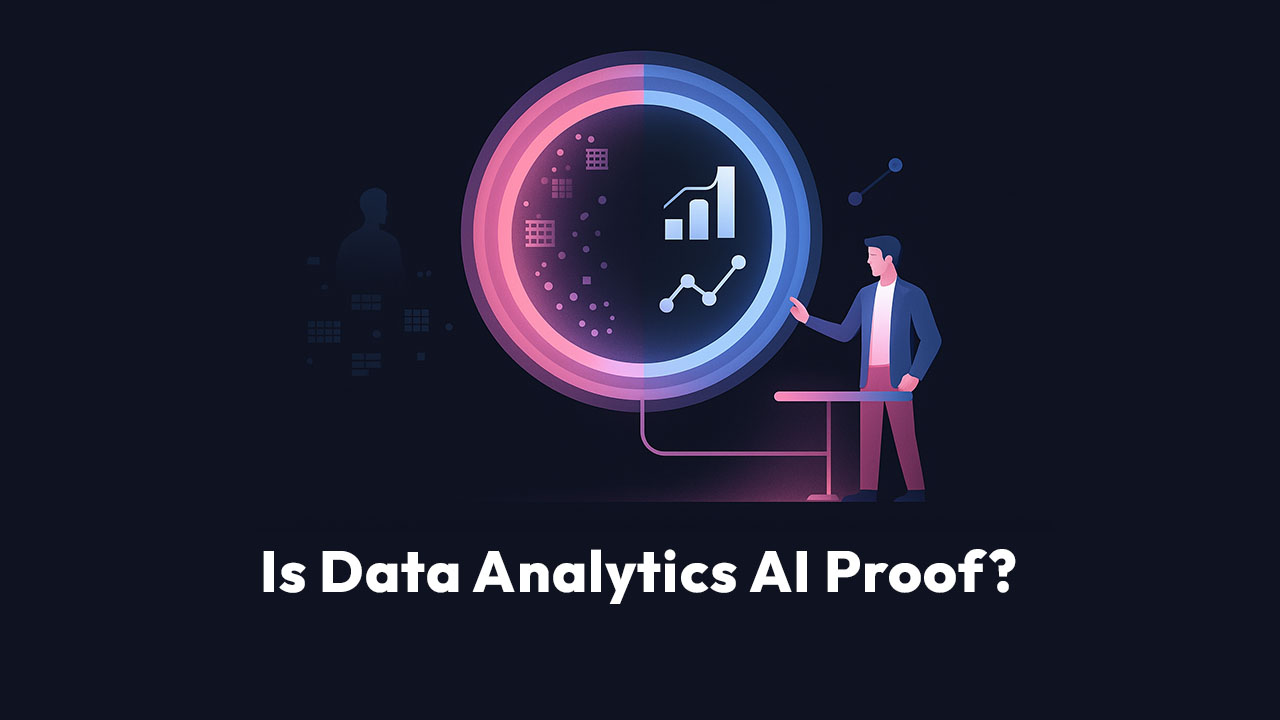Traditional CS analysis often feels like searching for a needle in a haystack. You're drowning in data – usage metrics, support tickets, survey responses, CRM interactions – but extracting the key drivers of success or risk is a slow, manual process. You might identify a few obvious trends, but you're likely missing the subtle, multi-faceted patterns that truly separate your power users from your disengaged ones.
So when a customer churns unexpectedly, or a renewal goes silent, the question isn’t “did we see the metric?” It’s “why didn’t we see it coming, and what could we have done?” What if you could instantly identify the top performance indicators in your most successful accounts – the specific behaviors, engagement patterns, or product interactions that directly correlate with high retention and expansion? And what if you could proactively detect those same indicators before they become problems in at-risk accounts?
That’s exactly where Scoop’s AI Data Scientist steps in, acting like a fast-forward button for your customer insights.
This isn’t about adding more dashboards or creating prettier graphs. It’s about shifting from manual discovery to instant clarity, from reactive firefighting to proactive success. And doing it across your entire customer base—not just your top 10 logos.
The Data Overload Problem in CS
If you're in Customer Success, you're no stranger to complexity.
Your day might involve reviewing product usage, managing renewals, tracking onboarding progress, analyzing support tickets, checking in with stakeholders, and customizing playbooks—often for dozens of accounts at once.
You have plenty of data. But the speed at which you can make sense of that data? That’s the bottleneck. It's the difference between having all the ingredients and having a fully cooked meal. Let’s break it down:
- Your best accounts are thriving—but why? What specific behaviors separate successful customers from average ones? Can you clearly replicate those patterns across other accounts?
- Your worst accounts look risky—but again, why? Is it a drop in feature adoption? A key stakeholder leaving? A change in business goals? Without root cause clarity, your outreach is generic at best, and often ineffective.
- Your metrics are noisy and often misleading: Login frequency might be high, but is it productive usage? A customer might open tickets, but are they supportable bugs or signs of deeper value gaps? Context is everything.
- You’re scaling—but insight isn’t: Manual analysis doesn’t scale. You can’t investigate 200 accounts one by one and expect to catch early signals. And when you rely on lagging indicators, you’re always a few steps behind.
What CS teams need isn’t more data—it’s a faster, deeper understanding of what the data actually means. That’s where Scoop becomes your strategic engine, cutting through the noise.
Scoop’s AI Data Scientist: Instant Insight, Built for CS
Scoop isn’t just another reporting layer. It’s an AI engine purpose-built to scan your entire customer base and surface the core patterns that drive retention, churn, and expansion—automatically, in plain English, and in real time.
Its job is simple: turn raw data into what matters now. It looks across product usage, ticket data, CRM interactions, feedback loops, and more to instantly uncover:
- The most powerful indicators of long-term success
- The earliest warning signs of disengagement
- The hidden patterns that separate thriving accounts from troubled ones
Here’s how it works to deliver that speed and clarity.
1. Automated Discovery of What Drives Outcomes
Scoop’s AI doesn't wait for you to ask a specific question. It proactively analyzes your full dataset and surfaces the strongest predictors of success and risk. This means you gain insights without manual queries or endless digging.
This includes:
- Which combinations of features correlate with high retention
- Which behaviors signal upcoming drop-off—even before usage dips
- What onboarding sequences produce faster time-to-value
- What separates healthy accounts from struggling ones inside a segment For example, you might learn: “Customers who complete X + Y features within the first 14 days retain at 92%, while those who skip Y retain at 56%.” Or: “Mid-market accounts who stop using Feature Z within 30 days of onboarding show a 3x higher churn rate.” These aren’t guesses. They’re statistically significant patterns grounded in your actual data. That means your CS team can take confident, decisive action, backed by pattern-level intelligence.
2. Transparent Explanations—Not Black Box Flags
Unlike opaque risk scoring models, Scoop is designed for full transparency. It believes you deserve to know the "why."
When Scoop identifies a customer at risk—or one ready for expansion—it tells you why. You don’t get a vague score. You get an explanation you can trust, communicate, and act on.
For example:
“Customer B is flagged as high-risk because weekly dashboard exports dropped by 70% following the departure of their primary user. This feature previously accounted for 60% of product engagement.”
Or:
“Customer C shows 2.8× higher expansion likelihood based on increased usage of integrations and consistent growth in team size over the last quarter.”
These kinds of insights don’t just help you understand what’s happening—they help you justify interventions to your team, your leadership, and even to the customer directly.
3. Real-Time Risk & Opportunity Scoring
With real-time scoring based on leading indicators, Scoop helps you move from lagging diagnosis to proactive strategy. It's your early warning system and growth accelerator.
You can now:
- Detect disengagement early—before it becomes visible in broad metrics
- Prioritize outreach based on precision risk, not hunches
- Align CSM bandwidth to the accounts that need it now, maximizing your team's efficiency For example, Scoop can detect when a customer is showing early signs of post-onboarding drop-off—even if logins are stable. Or flag an upsell opportunity based on subtle feature combination usage. Or highlight a trend across a segment showing behavioral churn risk. No more “review every account manually on Monday.” Now you can focus where it matters, exactly when it matters.
4. Actionable Recommendations for Every Insight
What makes Scoop truly different is that it doesn’t just diagnose problems—it suggests what to do next, grounded in data. It translates insight directly into action.
Every pattern comes with recommended actions tailored to the specific driver identified.
Examples include:
- Onboarding interventions: If customers who miss Feature X early underperform, Scoop flags them immediately and recommends guided activation steps (e.g., specific tutorial videos or CSM outreach).
- Retention outreach: If usage of a core workflow drops, Scoop recommends outreach timing, messaging, and training based on similar successful recoveries.
- Product collaboration: If multiple accounts show disengagement around a specific feature, the CS team can surface that trend to the product team with rich behavioral context—not just anecdotal feedback.
- Upsell plays: Scoop highlights segments showing consistent overuse of certain features, signaling readiness for premium tiers or add-ons, giving your team a clear path to expansion. Every insight comes with a clear next step. No more wondering how to respond.
Real-World CS Scenarios Solved with Scoop
Let’s ground this in specific CS situations where Scoop accelerates your understanding:
- Scenario A: Replicating Success at Scale: Scoop identifies that accounts who engage with your training center + integrations dashboard within 21 days of onboarding retain at 88%. You now guide every new customer to that path—with confidence and a clear roadmap.
- Scenario B: Early Churn Detection: An account appears healthy by score—but Scoop sees they stopped using two core workflows and haven’t exported reports in 3 weeks. That’s a leading churn signal you can act on now, before the customer even considers leaving.
- Scenario C: Segment-Specific Strategy: Scoop finds that SMB customers in healthcare churn at higher rates after 60 days of inactivity—but only if they skipped onboarding webinars. Now you can run a re-engagement campaign with surgical precision, targeting exactly the customers at risk for that specific reason.
- Scenario D: Expansion Playbook: Enterprise customers who increase usage of custom integrations and add 3+ users within 45 days tend to convert to premium. Scoop surfaces these patterns automatically, so your CS team can prioritize outreach to these ripe opportunities.
This isn’t generic “customer health.” It’s a strategic, data-driven motion that moves at the speed of your customers.
Why This Changes the Game for CS Teams
Scoop’s AI Data Scientist isn’t a reporting layer. It’s a pattern engine—built to help you see what’s really driving customer outcomes, in time to do something about it. It’s like having an x-ray vision for your customer base.
What you gain:
- Faster Time-to-Insight: No more digging through dashboards or relying on gut instinct. You get the answers you need in minutes, not days.
- Proactive Retention: Intervene strategically and effectively, preventing churn before it becomes a crisis.
- Increased Efficiency: Focus your team’s valuable time and expertise where it will have the highest impact, leading to more successful customer relationships.
- Smarter Growth: Identify opportunities for upsell and cross-sell with precision, driving measurable revenue growth from your existing base.
Scoop empowers your CS team to transform customer relationships from reactive to proactively insightful, driving predictable success and unparalleled customer value. You’ll already know what’s driving success—or trouble—before anyone else does.








.png)